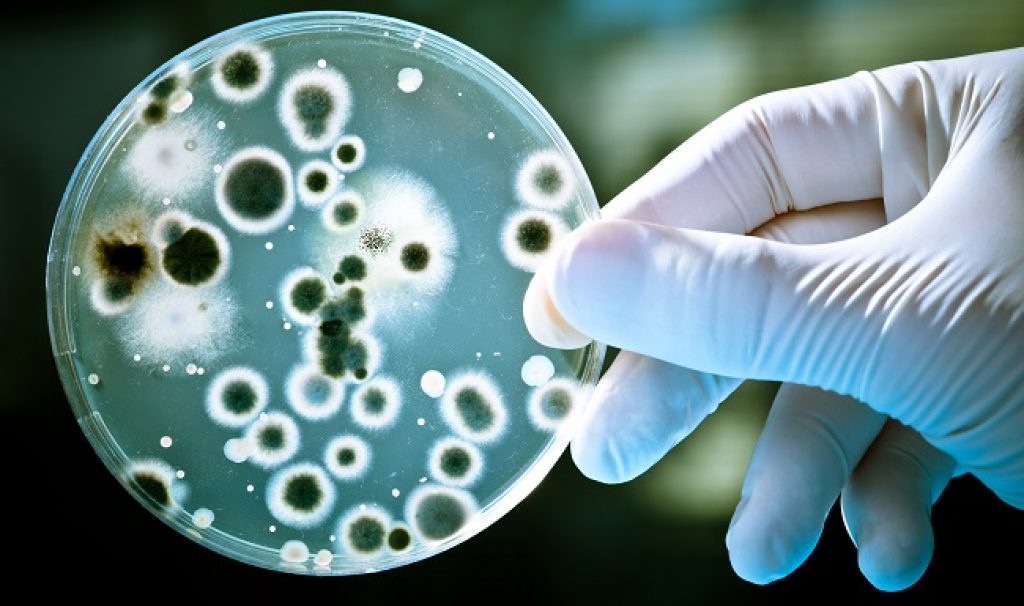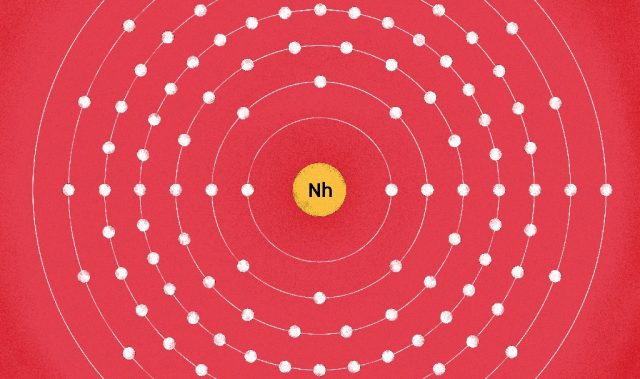
AsianScientist (Nov. 11, 2016) – Researchers from Japan and the US have used the powerful K computer to show how molecules move within the extremely crowded interior of a bacterial cell. Their work was published in eLife.
In vitro studies—studies performed in test tubes—have given us great understanding of how molecules interact with one another. However, little is really known of how they interact in vivo—in biologial cells.
Here, researchers from RIKEN and Michigan State University modeled the inside of the smallest known bacteria, Mycoplasma genitalium, which has a length of approximately 400 nanometers. The researchers also dynamically modeled approximately one trillion atoms within the cell, making this one of the largest molecular dynamic simulations performed to date.
The simulation was carried out with GENESIS, a parallel molecular dynamics program developed at RIKEN. The calculations, which used 65,536 processing cores of the K computer, took several months to complete, despite the power of the supercomputer.
The results of the study call into question the prevailing assumption that interactions between molecules in crowded cellular environments are primarily governed by the volume exclusion effect, where molecules monopolize a certain volume of the solvent around them and prevent other molecules from occupying that space. In contrast, the simulation found that other interactions, such as electrostatic between charged molecules, play a major role.
“This work has shown us that there are major differences between in vitro conditions and the in vivo conditions in the cell. We have found evidence for interactions beyond the volume exclusion effect, including protein-protein interactions and electrostatic interactions with ions and metabolites. These need to be taken into effect when interpreting in vitro studies,” said Dr. Isseki Yu, the first author on the study.
The article can be found at: Yu et al. (2016) Biomolecular Interactions Modulate Macromolecular Structure and Dynamics in Atomistic Model of a Bacterial Cytoplasm.
———
Source: RIKEN; Photo: Shutterstock.
Disclaimer: This article does not necessarily reflect the views of AsianScientist or its staff.












